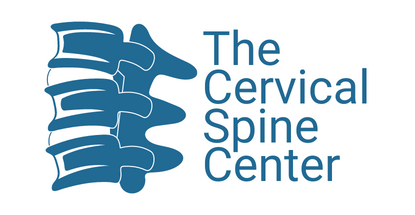Cervical Myelopathy is a condition due to compression of the spinal cord within the Cervical Spine. Patients develop hand weakness and/or numbness that is slow and progressive. Typically, patients will have difficulty with fine-more movements and may start to drop items from their hands. At the time of the evaluation, patients may not recognize the any disability but usually a spouse or significant other who spends time with the patient notices the difficulty. The onset of Cervical Myelopathy is slow and progressive sometimes leading to atrophy (thinning) of the hand muscles. Patients can become accustomed to the symptoms and only notice the severity once it is treated with surgery. Cervical Myelopathy can be caused by a large central disc herniation or osteophyte Cervical Degeneration causing cord compression. Over time and if untreated, patients may develop trouble walking resort to a wide-based, slow gait, possibly with episodes of falling in severe cases. If patients are falling frequently because of Cervical Myelopathy, there are some cases where the falling could lead to paralysis of the arms and legs. The key to diagnosis is an MRI of the cervical spine without contrast. An MRI can clearly show compression of the spinal cord and in severe cases, the compression can cause myelomalacia or edema in the spinal cord because of the compression. Myelomalacia almost always treated surgically because the compression can be corrected otherwise. Cervical myelopathy rarely responds to physical therapy or conservative care. In certain cases, patients may be diagnosed with some degree of cord compression but they have no symptoms making treatment with surgery less likely. However, if the patient presents with cord compression and myelomalacia without symptoms, your surgeon will still be likely to recommend surgery. Most patients who do need surgery are usually successfully treated with an anterior cervical diskectomy and fusion. In more severe cases, patients may require not only an anterior decompression but also a posterior decompression as well.

Cervical Myelopathy
The Cervical Center is dedicated to the treatment and outcomes of patients who suffer from problems related to the cervical spine including any condition related to bone, nerve, or soft tissue. Our program is focused on high quality clinical outcomes and the most effective treatments for all conditions related to the cervical spine.



